BUILD YOUR BASE

Welcome to the first of four exclusive training events with YMR Track Club & Samsung Galaxy Watch. Through these sessions,...
LÄS MER
Säkra betalningar med Klarna och Swish
Fri frakt 1200 SEK
Fria byten
Worldwide shipping










